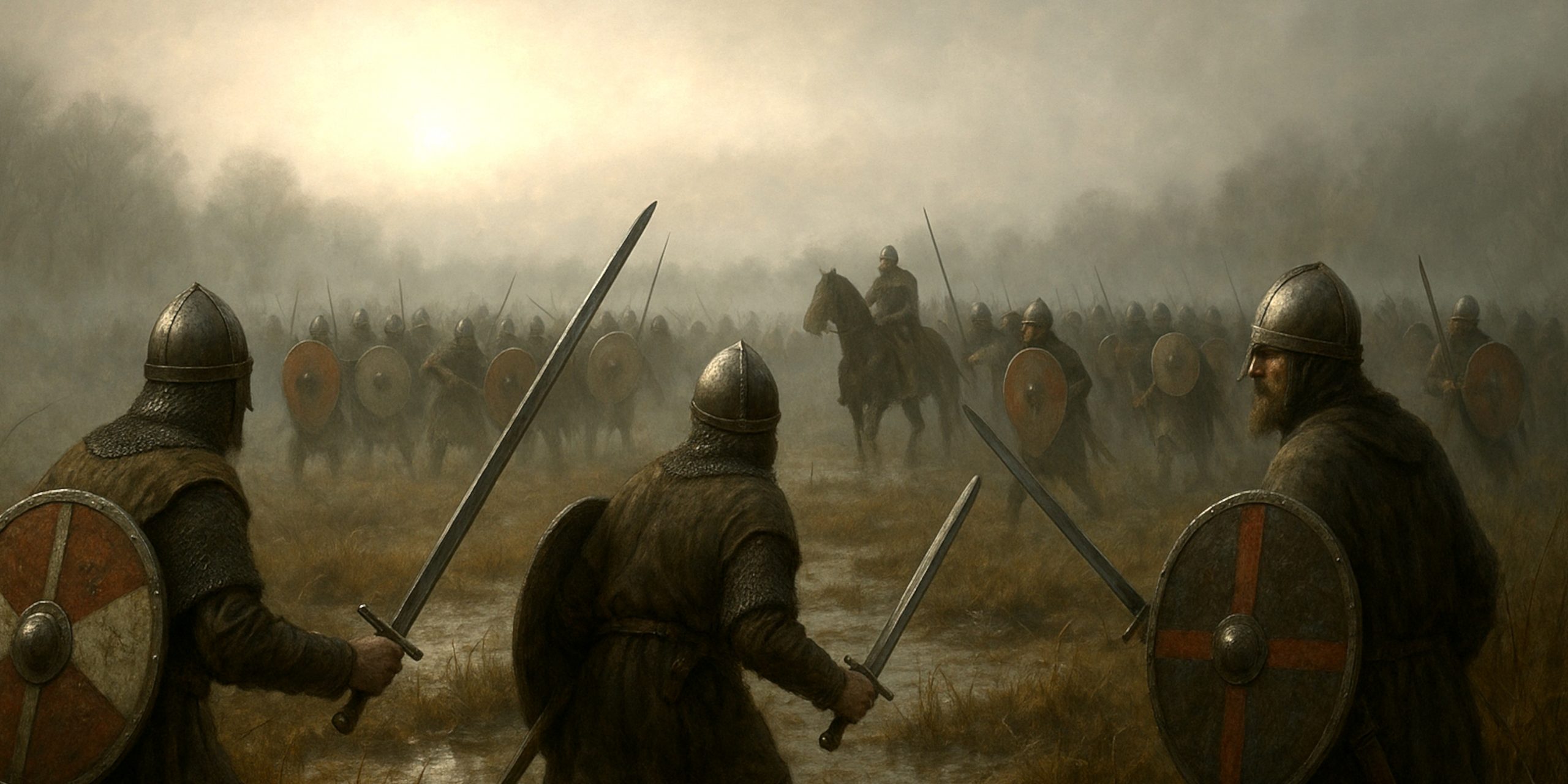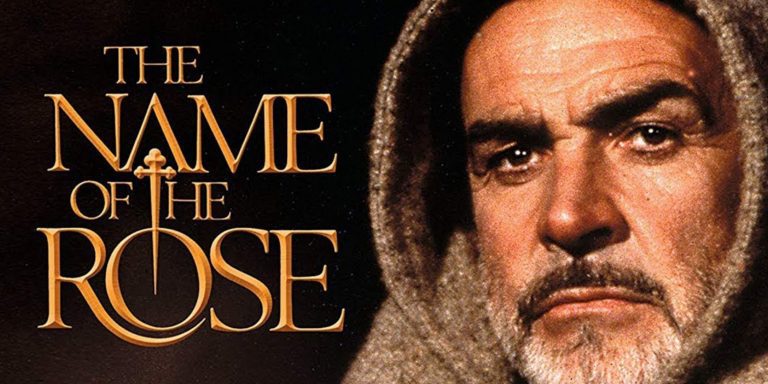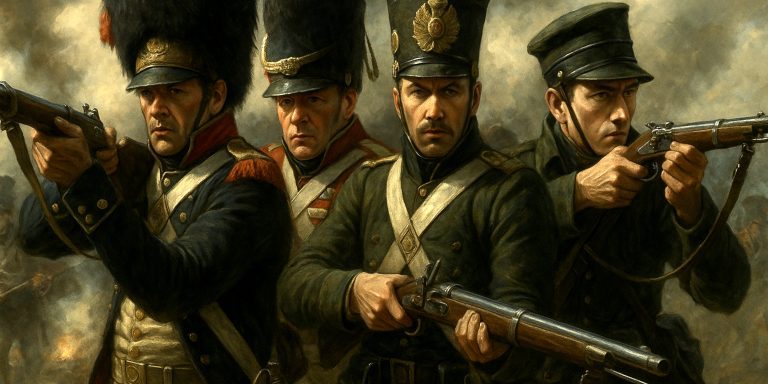
A moment where dynastic ambition met muddy reality on the Yorkshire marshes.
The Battle of Hatfield Chase was fought in 633 AD near present-day Doncaster, on the bleak, boggy ground of the Humber basin. It marked the downfall of King Edwin of Northumbria, once the most powerful ruler in Britain. His death at the hands of a coalition led by Cadwallon ap Cadfan of Gwynedd and Penda of Mercia abruptly ended Northumbria’s dominance and set the stage for one of the bloodiest cycles of revenge in early medieval history.
Bede, writing almost a century later, recorded the battle as a tragic divine punishment for Edwin’s overconfidence, but there was much more to it than heavenly displeasure. This was politics, religion, and power colliding in a landscape not fit for a picnic, let alone a pitched battle.
Forces
| Faction | Commander | Estimated Strength | Composition | Allies |
|---|---|---|---|---|
| Northumbria | King Edwin | ~2,000–3,000 | Northumbrian fyrdmen, household warriors, mounted thegns | None recorded |
| Welsh–Mercian Alliance | Cadwallon ap Cadfan (Gwynedd) & Penda (Mercia) | ~3,000–4,000 | Welsh spearmen, Mercian axemen, light cavalry | Brittonic forces from Elmet possibly involved |
The numbers are uncertain, though likely small by later medieval standards. What mattered was the terrain. Hatfield Chase was marshland, cut with rivers and boggy channels that hindered Edwin’s mounted troops and turned his defensive lines into chaos once the allies attacked.
Leaders and Troop Composition
King Edwin of Northumbria
- Renowned for uniting Bernicia and Deira.
- Converted to Christianity under the influence of Paulinus, which earned him the Pope’s blessing but also enemies among the still-pagan rulers.
- Likely commanded a force of thegns equipped with chainmail shirts, iron helms, and pattern-welded swords such as the spatha and early Anglo-Saxon broadblade.
Cadwallon ap Cadfan
- A fierce and ambitious king of Gwynedd.
- Led a Brittonic army versed in ambush warfare and close infantry combat.
- Favoured round shields, mail shirts of imported origin, and leaf-bladed swords possibly influenced by late Roman and sub-Roman styles.
Penda of Mercia
- A rising pagan ruler with a knack for exploiting chaos.
- Commanded tough Midlands warriors wielding seaxes, spears, and single-edged long swords similar to the spatha.
- His men were said to fight more like raiders than professional soldiers, though effective all the same.
Arms and Armour
| Weapon / Armour Type | Description | Typical User |
|---|---|---|
| Spatha | Long straight sword with broad double edge, often pattern-welded. | Anglo-Saxon and Mercian elites |
| Seax | Single-edged fighting knife used in close quarters. | Mercian and Saxon warriors |
| Spear and Shield | The staple of both armies, used in dense shield-wall formation. | Fyrdmen and Welsh infantry |
| Mail Shirt (Byrnie) | Interlinked iron rings providing upper-body protection. | Elite warriors and thegns |
| Helm | Simple conical or segmented iron design, sometimes with nasal guard. | Commanders and nobles |
| Round Shield | Wooden, often reinforced with iron boss. | Universal across both sides |
The fight was not one of elegance or formation but of attrition, mud, and luck. Once Edwin’s formation broke, his army lost the ground advantage, and the marsh swallowed men and horses alike.
Archaeology
Evidence of the battle is scarce, as expected for a conflict fought on shifting ground. Excavations near Hatfield and Sutton near Doncaster have revealed early medieval artefacts including spearheads and shield bosses, though none can be definitively tied to the battle.
A tumulus known locally as “King Edwin’s Hill” was long believed to be his burial place, though modern archaeology casts doubt. Still, the association speaks volumes about how memory and landscape intertwine in English history.
Nearby finds of early seventh-century weapons and cremation burials fit the general timeframe, suggesting the battle site lies somewhere along the low-lying edge of the River Don.
Battle Timeline
| Timeframe | Event |
|---|---|
| Early 633 AD | Cadwallon, recently expelled from Northumbria, allies with Penda of Mercia. |
| Autumn 633 | The coalition invades Northumbria from the south-west. Edwin gathers his forces near Doncaster. |
| Late October 633 | Battle of Hatfield Chase. The Welsh–Mercian alliance attacks Edwin’s army in marshy terrain. |
| Edwin’s Death | Edwin is slain, along with his son Osfrith. His army collapses. |
| Aftermath | Northumbria fragments. Cadwallon ravages the north until his death at Heavenfield in 634 at the hands of Oswald. |
Contemporary Quotes
“King Edwin fell in battle, and his whole army was slain or dispersed. His head was brought to York and placed in the church of St Peter.”
– Bede, Ecclesiastical History of the English People (731 AD)
“Cadwallon, the valiant son of Cadfan, took vengeance upon the Saxon, and his wrath was like the burning of a forge.”
– Welsh Annals (Annales Cambriae)
Bede’s tone carries a sorrowful piety, while the Welsh sources celebrate Cadwallon’s triumph. History, as always, depends on where you are standing when you write it.
Legacy
Hatfield Chase shattered Edwin’s dream of a Christianised, unified Northumbria. The defeat plunged the region into turmoil until Oswald, Edwin’s nephew, restored the kingdom’s fortunes at Heavenfield the following year.
For the Britons and Mercians, it was a rare and glorious victory, even if short-lived. For archaeologists and historians, Hatfield remains an enigma, half-lost to bog and legend.
The battle’s significance lies not in the scale but in the shift it caused. Power slipped from one generation to the next, from Edwin’s Christianity to Penda’s resurgent paganism. And while the Humber marshes have long since been drained, the sense of damp futility that clings to Hatfield Chase has never quite dried.
Watch the documentary:



